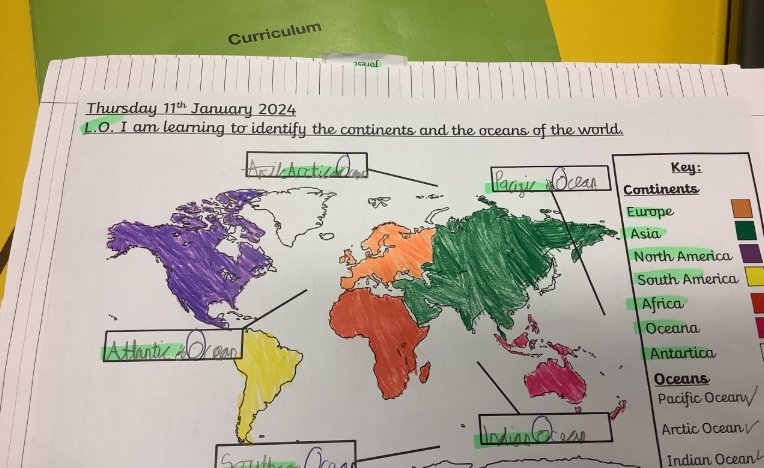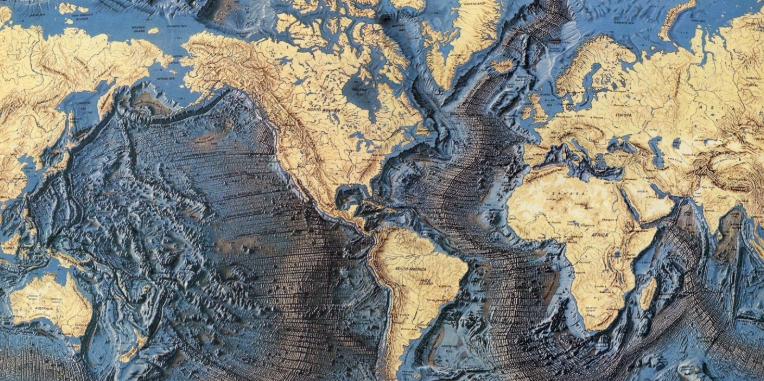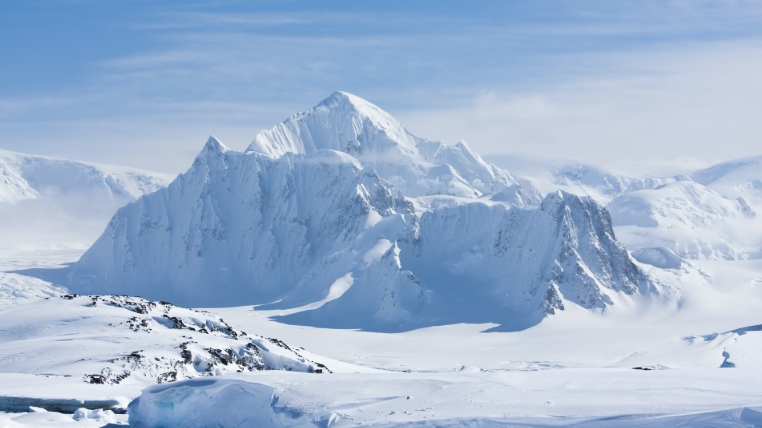7 continents and 5 oceans
Exploring the 7 Continents and 5 Oceans: A Journey Through Our Planet Understanding the world’s geography is not only fascinating; it helps us appreciate the diversity of life and culture on our planet. The seven continents and five oceans are essential components of Earth’s physical landscape, shaping weather, wildlife, and human civilizations. This post dives […]
7 continents and 5 oceans Read More »










